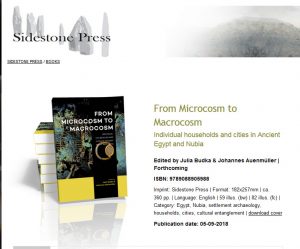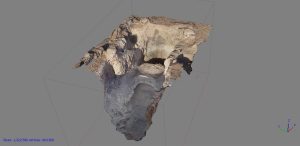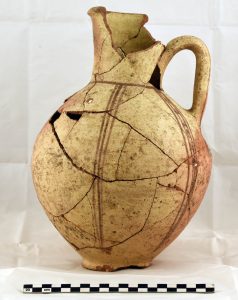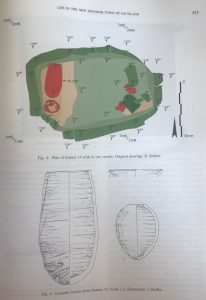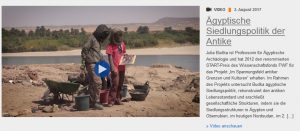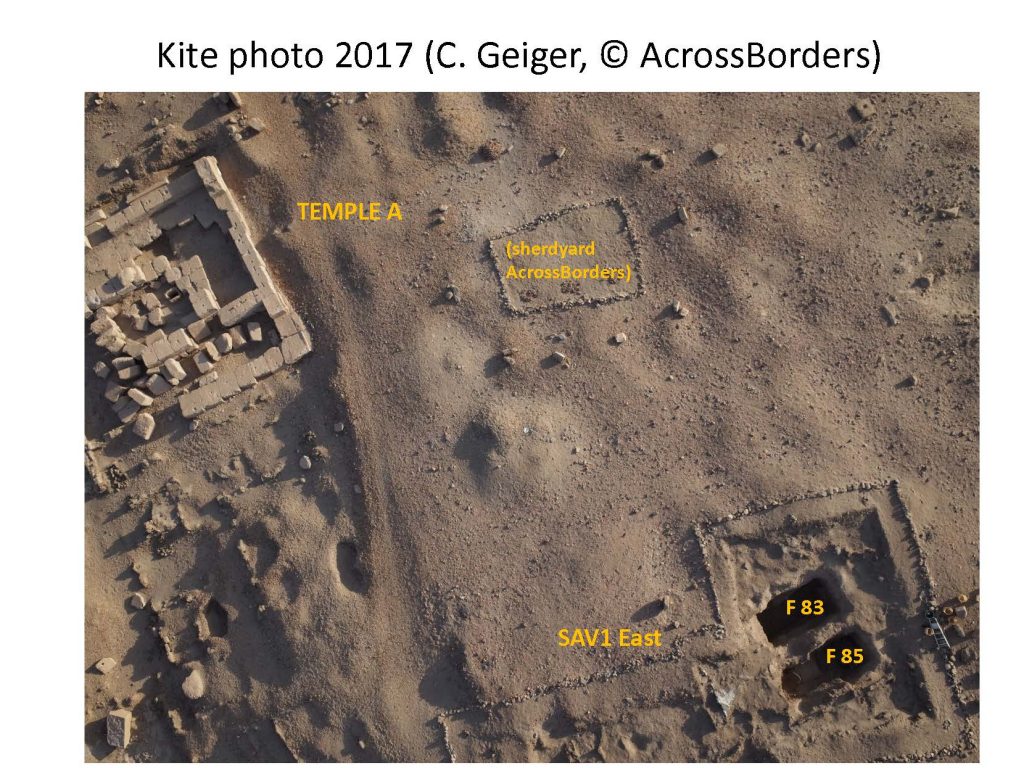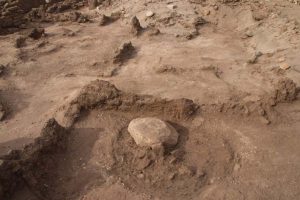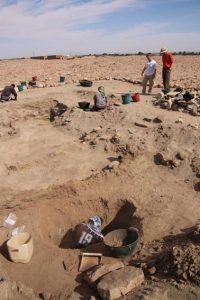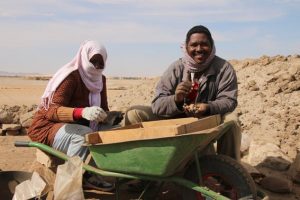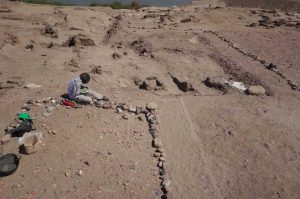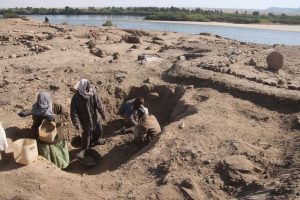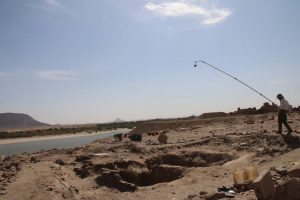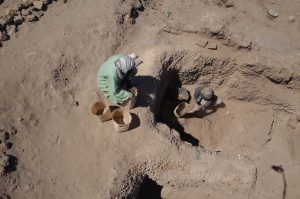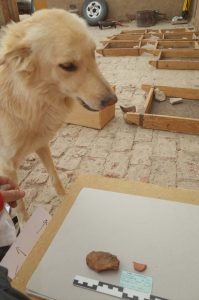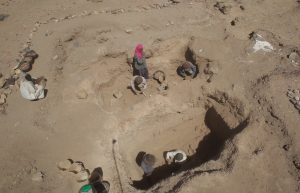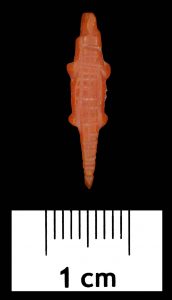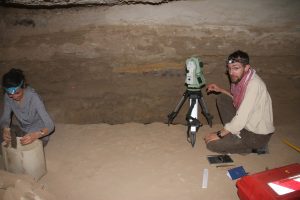It has been silent from my side the last months. Too silent for my opinion; for too long, even during summer break. Almost no tweets and no updates or posts on this blog.
Well – I believe I have the perfect excuse: we’ve been extremely busy preparing the next AcrossBorders monograph in the last weeks and I am delighted to say that it’s actually done! Just printed all of it!
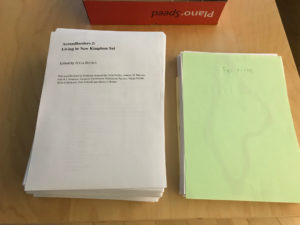 This volume is quite substantial – under the title “AcrossBorders 2: Living in New Kingdom Sai” it brings together our most important results of work about the New Kingdom remains at Sai Island in northern Sudan in the last years. Johannes Auenmüller, Annette M. Hansen, Frits B.J. Heinrich, Veronica Hinterhuber, Ptolemaios Paxinos, Nadja Pöllath, Helmut Sattmann, Sara Schnedl and Martina Ullmann have contributed apart from me to this new book. It focuses on the landscape and environmental remains of the Egyptian town on Sai and it introduces AcrossBorders work at sectors SAV1 East and SAV1 West. Archaeology and architecture are presented together with the objects and ceramics as well as specialized chapters on sandstone quarries, animal bones, molluscs and botanical remains. The occupants of New Kingdom Sai are discussed and some new ideas are put forward regarding the ‘social fabric’ and the intermingling of Nubians and Egyptians at the site.
This volume is quite substantial – under the title “AcrossBorders 2: Living in New Kingdom Sai” it brings together our most important results of work about the New Kingdom remains at Sai Island in northern Sudan in the last years. Johannes Auenmüller, Annette M. Hansen, Frits B.J. Heinrich, Veronica Hinterhuber, Ptolemaios Paxinos, Nadja Pöllath, Helmut Sattmann, Sara Schnedl and Martina Ullmann have contributed apart from me to this new book. It focuses on the landscape and environmental remains of the Egyptian town on Sai and it introduces AcrossBorders work at sectors SAV1 East and SAV1 West. Archaeology and architecture are presented together with the objects and ceramics as well as specialized chapters on sandstone quarries, animal bones, molluscs and botanical remains. The occupants of New Kingdom Sai are discussed and some new ideas are put forward regarding the ‘social fabric’ and the intermingling of Nubians and Egyptians at the site.
The manuscript has a total of 700 text pages and comprises all together 300 tables, figures and plates – so indeed a substantial next volume in the AcrossBorders series of monographs which will again be published by OREA in Vienna. I will submit the manuscript on Monday and hope that the peer reviewing process will start soon!
As proud as I am today, as tired I feel. The last two weeks have been extremely intense, one could also say crazy. Working hours did not just increase but plainly doubled and several panic attacks about my own insufficient timing took turns with unexpected and very time-consuming problems with hard- and software. Most of us know all of this – finalising a manuscript means just loads of things, loads of organization and occupies one completely. No matter how much I love my occupation as archaeologist, these are the days and weeks when the really important things in life fall short – family and friends, pets and sports. In Munich, the inconvenient opening hours of grocery shops start getting on your nerves and your fridge stays empty. You’re so occupied with these texts and figures of the book you’re working on, you forget to eat and drink – and look at least 10 years older every evening and every morning in the mirror. A certain line for me was drawn when I completely forgot about and just heard it in the radio next morning that my favourite soccer team actually made it to the group phase of the European League after all (and this is the Austrian team which really deserved it, not the other one which simply keeps failing the qualification to the Champions League…).
Well – now it’s done and I cannot believe it. Without the tremendous support and help of Veronica Hinterhuber, this would not have been possible – she took so much work off my shoulders and was perfectly organised as always. Cajetan Geiger also deserves loads of thanks for preparing last minute new versions of figures and plans.
Of course as archaeologists it’s the major task to publish our results – and here, I do not necessary mean the general “publish or perish” policy which is putting so much pressure on especially young scientists from all fields. No, in archaeology, I completely agree with Peter Drewett and the following: “The only truly bad archaeologist is one who does not publish the results of his or her field investigations. All else is opinion” (Drewett 1999, 6). Our work does not stop in the field, but it is actually there where it starts.
Preparing results of archaeological excavations for publication is, however, not an easy task. One always has to balance between a descriptive way of presenting the results in a clear way, and an interpretative analysis of the same. And, since modern fieldwork is usually very interdisciplinary, one also has to bring together a large number of diverse lines of research and try to combine and/or compare results from various groups of data.
The AcrossBorders 2 volume will hopefully meet up to these standards and expectations – I am really looking forward to the reviews, always happy to incorporate some suggestions and to improve certain aspects. But in the end, I believe we did already quite a good job as an archaeological project, finishing the second monograph within one year after our final season at Sai. And I hope this will also be appreciated by the community and colleagues.
I have to stop now. Sportschau is about to start on TV. Back to normal life, at least for a while. Work on the third AcrossBorders monograph will commence soon, but the really crazy days are still a long way off.
Reference
Drewett, Peter L. 1999. Field Archaeology: An Introduction. London.

